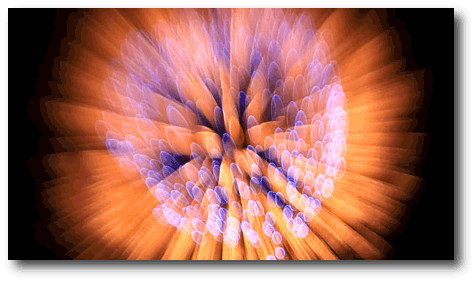Image by JUNe (source)
At the beginning of the year, I made five exoplanet-related predictions:
1. A 1.75 Earth Mass planet orbiting a Main Sequence star.
2. A confirmed case of transit timing variations.
3. A transiting planet in a well-characterized multiple-planet system.
4. A transiting super-Earth (or more precisely, on the basis of observed composition, a transiting sup-Neptune).
5. 417 planets listed on exoplanet.eu.
So how did I do?
Prediction 1 was just a bit on the optimistic side. At present, the extrasolar planet with the lowest Msin(i) orbiting a Main Sequence star is Gliese 581e, with Msin(i)=1.94±0.22 Earth masses. So the forecast panned out to within the 1-sigma error. (Mayor et al.’s discovery paper is here, oklo.org coverage of the discovery is here, here, and here).
Prediction 2 falls just short of unambiguous fulfillment. HAT-P-13b is clearly going to exhibit transit timing variations, and soon, but as discussed in Bakos et al.’s discovery paper, it’s not clear whether they’ve already been observed.
Prediction 3 is satisfied by HAT-P-13b and c. The characterization is so good, in fact, that we’re able to effectively look inside HAT-P-13b.
Prediction 4 was doubly satisfied. First, by CoRoT-7b (a transiting super-Earth), and second, by GJ 1214b (a transiting sub-Neptune).
Prediction 5: 415 planets are listed (as of 12/31/2009) on exoplanet.eu…


And for 2010?
Nice accuracy. Better than a horoscope or a visit to the AstroPsychic… what are your per 5 minute rates? Should try stock markets too.
One more reason to follow this blog meticulously.
benelson — 2010? Fewer planets than 2009… Other than that, I’ll quit while I’m ahead.
Adam — I would indeed hope that astronomers can best the astrologers when it comes to the number of planets in the house. As for the stock market, there’s a 31.7% chance that the SP500 index will differ by more than 20% from its current value.
TheoA — thanks!
HD 9446 has been announced as a multi planet system.
Best of all, no transit search yet!